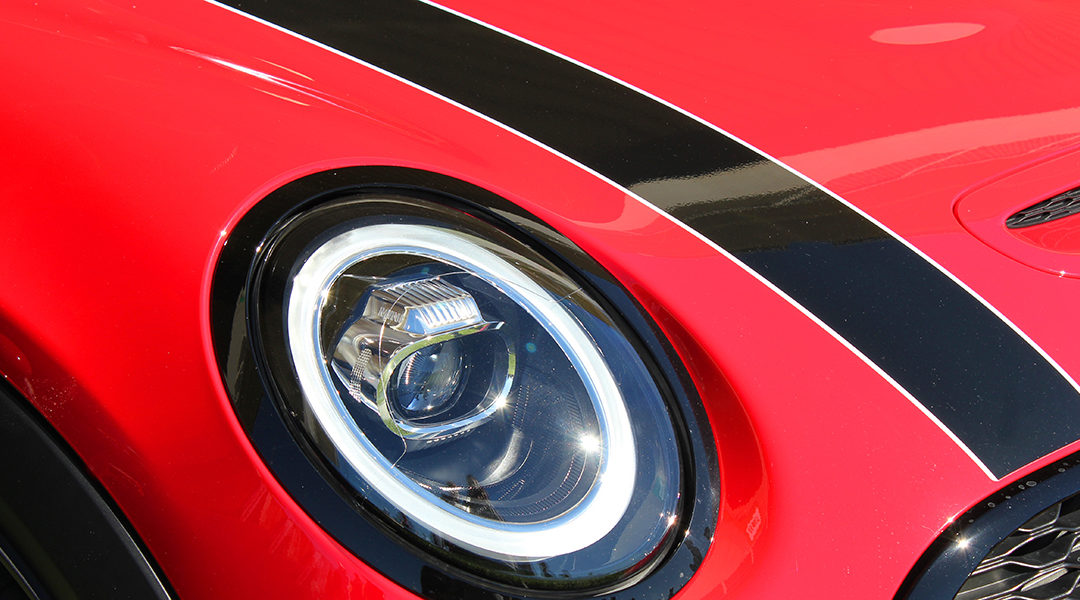Racing stripes on a car add a unique, sporty touch that grabs the attention of onlookers. While most people associate them with sports cars, they can give any model a flashy accent. You can easily add them to your vehicle with a custom paint job at our auto painting shop in Tucson, AZ.
But where do they originate? What meanings do they carry? Our talented team at Cutting Edge Collision Center shares the historical background of racing stripes.
Practicality During Races
Racing stripes date back to the 1950s when racing cars used specific colors to differentiate teams. People had difficulty distinguishing between cars moving at high speeds. So, each country’s race team boasted a different paint color.
American cars typically used a brilliant white body with blue detailing down the center. A man named Briggs Cunningham became the first to use a pair of stripes on his vehicles. As an American, he kept the embellished white body with two blue stripes down the middle of his race cars.
For years, racing aficionados referred to these details as “Cunningham Stripes.” A rumor eventually spread that the stripes served a practical purpose for drivers. If a car went off the track during a race, the driver could better orient himself by looking down at the stripes on the car’s hood.
However, this rumor lacked credibility. Since race cars had to use uniform colors, Cunningham added his creative spin to the racing design.
Sales Boosts
During the 1960s, a car designer had an assignment requiring him to create a minimal yet sporty design for an upcoming Shelby car. Shelby needed a unique design on a low budget. The designer delivered a paint job based on the American race aesthetic of a white body with blue stripes.
From then on, manufacturers and dealers favored the term “rally stripes.” If a dealer purchased at least three cars, they’d get a striped model free of charge. Dealers feared that buyers would avoid purchasing models with rally stripes because they garnered more attention from traffic enforcement.
They Look Cool
Despite car dealers’ fears, nearly half of all model purchases included stripes from 1965 to 1966. The 1963 King Cobra challenged the uniform norms by inverting the design with a blue body and white stripes. Racing stripes on a car became an iconic American aesthetic for multiple vehicles that never died.
The design expanded into two common types of stripes:
· Traditional stripes that run perpendicular to each other at the car’s center
· Side stripes that run along the sides of the car at a vertical, slanted angle
You can also customize your chosen variety of racing stripes by playing with stripe dimensions and color contrasts.
Add Racing Stripes on a Car at Cutting Edge Collision in Tucson, AZ
At Cutting Edge Collision, our custom bodywork includes vinyl stripes for a sporty edge and glow-in-the-dark paint for cars for a unique, modern aesthetic. Discover your style for racing stripes on a car by calling us at 520-339-6901 today.

